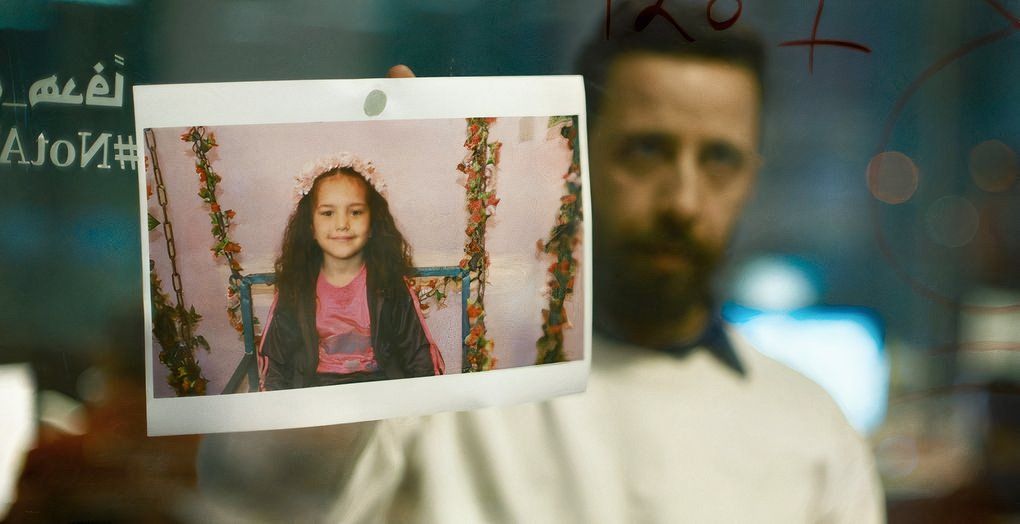
Over the past two years, the conflict in Gaza has resulted in at least 67,000 Palestinian deaths, and the devastation has been broadcast around the world through phones and social media. As Irish lawyer Blinne Ní Ghrálaigh stated in January 2024, this is the first time a genocide has been documented in real-time by its victims, who are desperately hoping for international intervention. Tragically, at least 20,000 of those killed have been children – an average of one child every hour. In January 2024, the death of five-year-old Hind Rajab drew particular attention to this crisis.
Rajab and six of her family members were killed. Even though she fought to survive, help wasn’t able to reach her. Two paramedics trying to assist were hit by a bomb nearby. Trapped in the wreckage of her car, surrounded by her family’s blood, Rajab spent her final hours on the phone with the Palestine Red Crescent Society (part of the Red Cross). They worked tirelessly to overcome the strict rules and delays imposed by the Israeli military, but ultimately couldn’t reach her in time.
Kaouther Ben Hania’s powerful documentary uses a unique blend of actual recordings and recreated scenes to bring a heartbreaking loss to life. It’s a deliberate attempt to fully immerse viewers in the sights and sounds of a war zone, making it impossible to distance themselves from the experience. This film truly needs to be seen in a theater to have its full impact.
The Voice of Hind Rajab Astonishingly Pays Tribute to a Particularly Horrific Crime
Kaouther Ben Hania, the director of last year’s acclaimed film Four Daughters, expertly blends fiction and reality, and she takes this talent to a powerful new level in The Voice of Hind Rajab. This film, which unfolds in something close to real time, centers on the Palestine Red Crescent Society’s response to Hind Rajab’s emergency. The story begins with Omar (Motaz Malhees), a phone operator whose calm demeanor quickly turns to concern when he receives a desperate call from Hind’s uncle in Germany.
The situation quickly becomes grim when the phone line goes dead, and Omar fears the woman he was speaking with has been killed. Nisreen, the office counselor, immediately tries to comfort him by suggesting he tape a paper silhouette of a woman to his cubicle wall. This is a temporary measure used when they don’t yet know who the victims are; Nisreen explains that once her identity is confirmed and a photo is available, it will be posted on a memorial board honoring those who died.
Then, unexpectedly, Rajab shows signs of life. Though badly injured, her cries signal a rapidly escalating crisis. The team, led by Rana (Saja Kilani), races to learn who she is while trying to keep her stable. Meanwhile, their supervisor, Mahdi (Amer Hlehel), navigates bureaucratic hurdles to secure an ambulance for her evacuation.
It soon became obvious this would be a difficult task. Because of the Israeli military operation, the Palestine Red Crescent Society needs approval from both the Red Cross and the military before they can send an ambulance through. Even though the closest ambulance is only eight minutes away, getting permission takes hours. Mahdi wants to wait for official authorization, but Omar is growing frustrated with the delays.
Similar to Agnieszka Holland’s Green Border, made during the war in Ukraine, The Voice of Hind Rajab feels powerfully urgent. The film creates a constant sense of dread, and despite knowing how the story ends, we find ourselves gripped with worry and desperately hoping for a different outcome for Rajab. Her death, which occurred when an ambulance she was in was targeted by the IDF, was particularly shocking even amidst the widespread tragedy, and drew international outrage.
The film isn’t simply trying to create suspense from a tragic event. It primarily explores the conflict between Omar and Mahdi, highlighting how their differing approaches are complicated by Israel’s obstruction of humanitarian aid. While Mahdi is right to insist on following procedure, that procedure is intentionally complex and designed to hinder their work.
The film emphasizes the characters’ intense conflicts through close-up, shaky camera work. We see every detail of their strain – Omar’s chapped lips, Rana’s tear-stained face, and Mahdi’s sweaty brow. The office setting, full of glass, creates a sense of endless reflections, visually representing the workers’ exhaustion and complete dedication to their work.
Throughout the film, the filmmakers sometimes use recordings of the characters’ actual, lengthy phone calls with Rajab instead of the actors’ voices. In one especially moving scene near the end, as a character films Nisreen for social media, we don’t see the actress’s face—instead, we see the real video taken around the time of Rajab’s death. These choices powerfully emphasize the authenticity of the story. This isn’t a fictional narrative; it’s the story of real people with lives, dreams, and families.
Throughout history, across many cultures and belief systems, writers and philosophers have suggested that each person holds an entire universe within themselves – a potential for a full and meaningful life. In today’s world, it’s easy to quickly overlook the lives of others online. However, Ben Hania’s work offers at least one individual the chance to be truly remembered and honored.
The Voice of Hind Rajab screened at the 2025 AFI Film Festival
Read More
- Brawl Stars December 2025 Brawl Talk: Two New Brawlers, Buffie, Vault, New Skins, Game Modes, and more
- Clash Royale Best Boss Bandit Champion decks
- Best Hero Card Decks in Clash Royale
- Call of Duty Mobile: DMZ Recon Guide: Overview, How to Play, Progression, and more
- Clash Royale December 2025: Events, Challenges, Tournaments, and Rewards
- Best Arena 9 Decks in Clast Royale
- Clash Royale Witch Evolution best decks guide
- Clash Royale Best Arena 14 Decks
- Decoding Judicial Reasoning: A New Dataset for Studying Legal Formalism
- Brawl Stars December 2025 Brawl Talk: Two New Brawlers, Buffie, Vault, New Skins, Game Modes, and more
2025-10-28 01:33